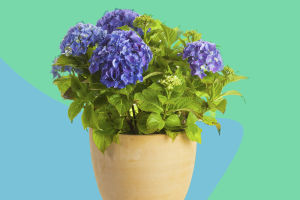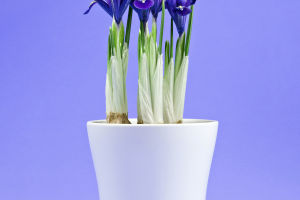The ranunculus is a perennial herbaceous plant revered for its captivating beauty yet shrouded in mystery and peril.
In the natural realm, these flowers are renowned for their flamboyant blossoms and diverse variations, but they also instill fear due to the toxicity in some species.
This article delves into the allure of the Ranunculus, examining its natural habitat, cultural significance, and the intricate balance between its medicinal benefits and potential hazards.
Ranunculus's Habitat and Characteristics
Ranunculus thrive across temperate and cold zones, predominantly inhabiting grasslands, riverbanks, and forest peripheries. Their flowers boast a kaleidoscope of hues, ranging from vibrant yellows to pristine whites and radiant reds, showcasing an array of shapes and sizes.
Some species exhibit multiple layers of delicate petals, unfurling like resplendent flames. The leaves of the ranunculus are typically palmate or pinnate, often adorned with fine hairs, adding to their allure.
From spring through summer, these blooms imbue their surroundings with a burst of color, enhancing the natural landscape.
Cultural Significance and Symbolism
Culturally, the ranunculus holds profound symbolic significance. In various traditions, myths, and folklore, Ranunculus symbolizes diverse meanings; some herald happiness and love, while others portend ill omens.
In literature, they are frequently portrayed as emblems of emotional states, capturing the ethereal beauty and fragility of love. Whether as botanical entities or cultural symbols, Ranunculus embodies a wealth of connotations and evokes a spectrum of emotions.
Medicinal Values and Risks of Ranunculus
Despite their enchanting allure, Ranunculus harbor potential dangers that warrant caution. Certain species contain toxins, such as ranunculin and protoanemonin, which pose risks to humans and animals alike.
Ingestion or contact with these toxins can provoke adverse reactions, including nausea, vomiting, diarrhea, and dermatitis. While Ranunculus does possess medicinal properties utilized in folk herbal remedies to address various ailments, prudent usage is imperative to avert inadvertent harm.
Conclusion
Ranunculus epitomizes a harmonious blend of beauty and peril in the natural world. Their captivating allure captivates the senses, yet their toxic elements serve as a sobering reminder of the intricacies of nature.
By comprehending their ecological niches, distinctive attributes, cultural symbolism, and the delicate balance between their therapeutic potentials and inherent risks, we can cultivate a deeper appreciation for these mesmerizing flowers and foster a harmonious coexistence with the natural world.


